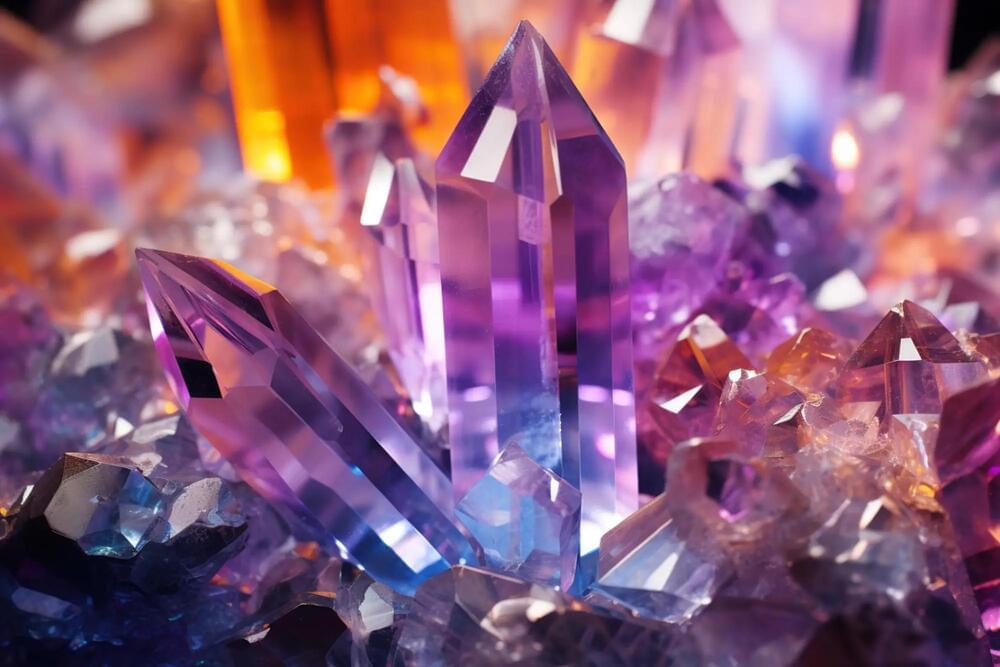For many, the word “crystals” conjures images of shimmering suncatchers that create a prism of rainbow colors or semi-transparent stones thought to possess healing abilities. But in the realm of science and engineering, crystals take on a more technical definition. They’re perceived as materials whose components – be it atoms, molecules, or nanoparticles –are arranged regularly in space. In other words, crystals are defined by the regular arrangement of their constituents. Familiar examples include diamonds, table salt, and sugar cubes.
